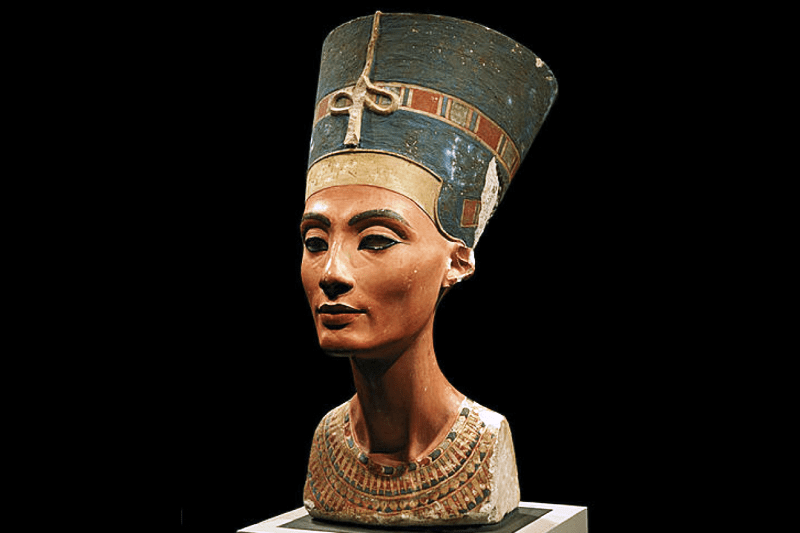
ADVERTISEMENT - CONTINUE READING BELOW
17. King Tut’s Contemporaries Held Him in Low Esteem
The face that stares at us from the golden mask of Pharaoh Tutankhamun is actually not the face of the famous King Tut. Most likely, it is that of his father’s sister-wife, Nefertiti. It is now estimated that roughly four-fifths of the archaeological finds discovered in Tutankhamen’s tomb had originally belonged to Nefertiti. When King Tut died childlessly, the last member of a dynasty loathed by Egypt’s priests, they simply raided the tombs of the hated Akhenaten and his equally hated wife, Nefertiti, and ransacked them for items to dump into Tutankhamun’s tomb.
Even the sarcophagus in which King Tut’s mummified body was placed had been made for somebody else. Masons simply carved over and amended its original inscriptions, and repurposed them for Tutankhamun. It was a demonstration that Egypt was fully restored to its official state religion, centered on the worship of Amun, that the Temple of Karnak was back in business, and that the traditional priesthood had regained its power. As to King Tut, as seen below, the relative disdain in which contemporaries held him inadvertently protected his tomb far more than the tombs of more respected and honored pharaohs.

